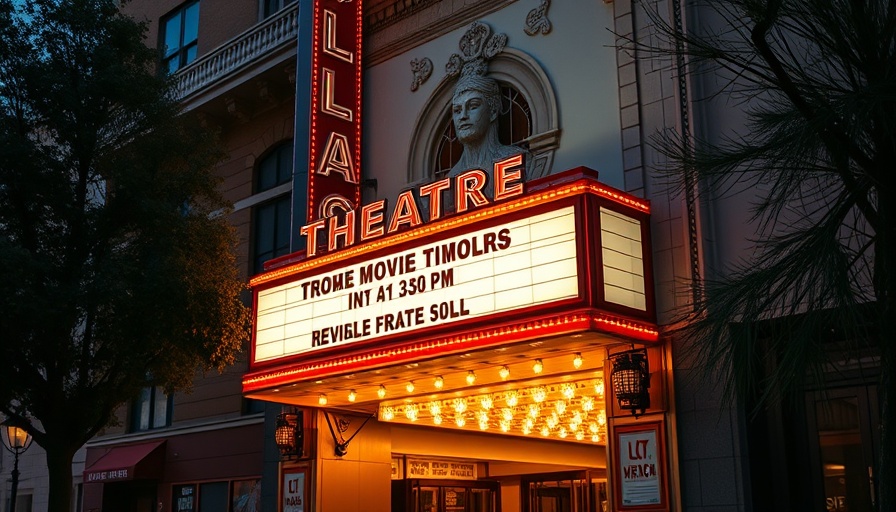
A Historic Revival: Clay Theater's New Chapter
The Clay Theater, a staple of the Fillmore community for over a century, is set to undergo a significant revival thanks to the vision of venture capitalist Neil Mehta. Having been closed since early 2020, the theater's restoration is a part of Mehta's broader initiative to rejuvenate the Fillmore area, a venture that has sparked both excitement and trepidation among local residents.
Challenges and Changes: Revitalizing the Theater
The announcement comes on the heels of skepticism surrounding Mehta's initial acquisitions of nearby properties, which some community members feared could lead to a “hostile takeover” of the neighborhood. Despite these concerns, support for the Clay Theater's revival is growing. The project promises to breathe new life into the iconic venue, turning it into a hub for cinematic arts by offering over 500 screenings annually, as well as engaging programming such as filmmaker discussions and classic film showings. Mehta's team has appointed Ted Gerike, the distinguished founder of Now Instant Image Hall in Los Angeles, as the creative director, a strategic move aimed at drawing in film enthusiasts from across the region.
A Balancing Act: Community Response
The response from the community has been a mix of hope and caution. While many laud the Clay Theater's revival as a necessary step to enhance the local culture, others express concern regarding the displacement of small businesses. The Fillmore Merchants Association has voiced its support, viewing the rehabilitation of the theater as a beacon for a “vibrant, connected future.” This sentiment was echoed by Supervisor Stephen Sherrill, who expressed enthusiasm for preserving the theater's status as a cinematic landmark.
Future Insights: The Impact of Neighborhood Changes
As the plans move forward, it's essential to consider how the theater's reopening could impact the surrounding businesses. While some establishments have already vacated the area, others like La Mediterranee have committed to staying put. For residents and business owners alike, the rehabilitation of the Clay Theater symbolizes a turning point. With the right balance, Mehta's project could potentially revitalize Fillmore Street without jeopardizing its unique character and charm.
Next Steps: Project Timeline and Expectations
Mehta's team is preparing to submit renovation plans to the city this year, although a concrete timeline for construction and reopening remains uncertain. “The theater’s current condition necessitates extensive rehabilitation work, and this will take time,” said Cody Allen, executive director of the Upper Fillmore Revitalization Project. Nonetheless, there is a palpable sense of anticipation among community members looking forward to the theater's reopening.
Conclusion: Why Care About Local Revitalization?
The restoration of the Clay Theater is not merely about brick and mortar; it's about preserving a significant piece of San Francisco's cultural heritage. For parents, adults, and solo patrons seeking enriching local experiences, the revival of the theater signifies a return to shared communal spaces that foster creativity and entertainment. By supporting such initiatives, locals can help shape the neighborhood for future generations.
The next chapter of the Clay Theater is one filled with potential. As the community anticipates the transformation, it's worth reflecting on how a revival not only enhances local culture but also strengthens the bonds within the community. Stay connected with developments around the Clay Theater and engage in conversations about the future of Fillmore Street.
 Add Row
Add Row  Add
Add 




 Add Row
Add Row  Add
Add 

Write A Comment